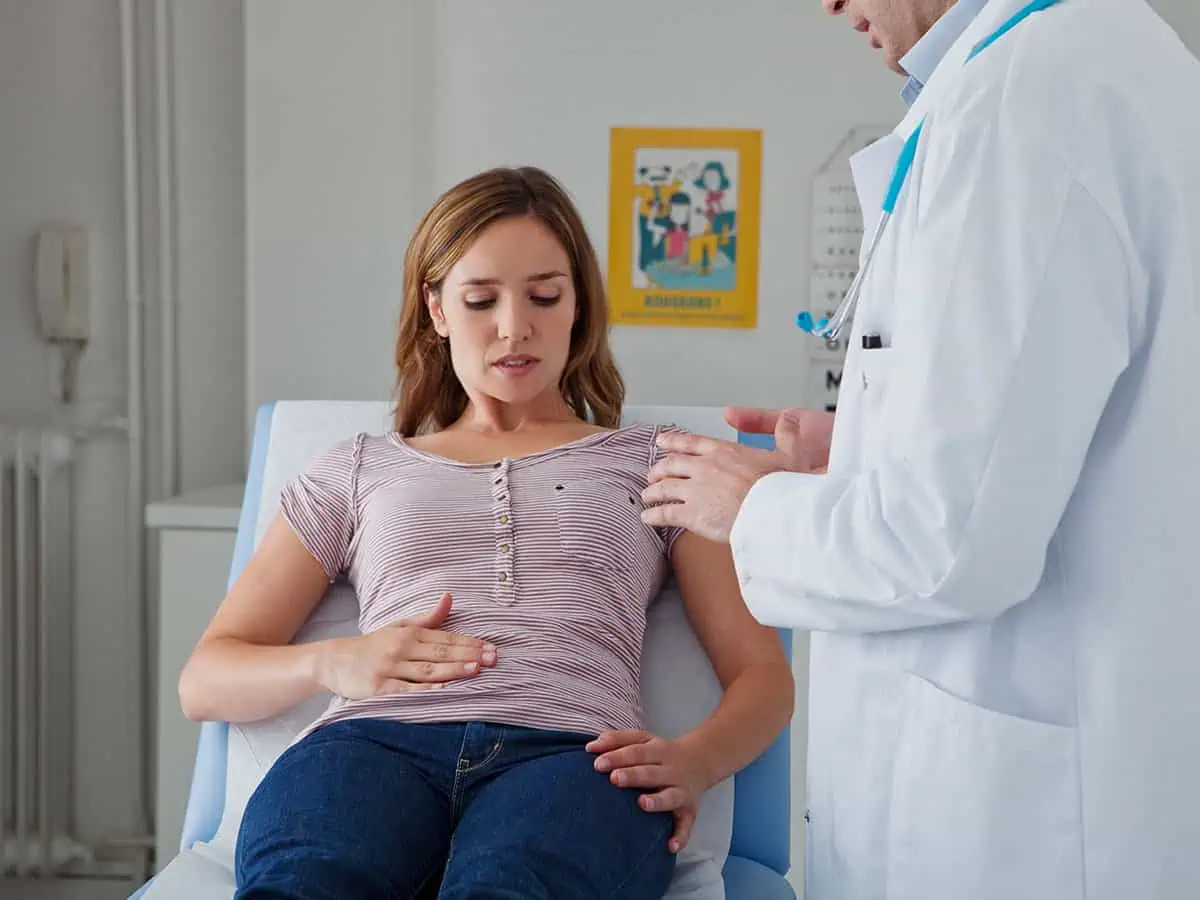
Issue 3/2025
Tsanova, T., pediatric nephrologist
AIPSIMP Dr. Tsanova – Sofia
Polydipsia and polyuria are symptoms that most often point to an endocrinological or nephrological problem, but can also be a manifestation of psychiatric disorders or a neurological disease.
Polydipsia is a pathologically increased thirst, accompanied by increased fluid intake of over 3 l/day in adults, and over 2 l/m 2 /day in children.
Polyuria is urine output in a volume of more than 2 l/m2/day in adults, 150 ml/kg/day in newborns, 100-110 ml/kg/day up to 2 years of age, 40-50 ml/kg/day after 2 years of age or hourly diuresis of more than 2-3 ml/kg/h.
Behind these symptoms may lie a habitual habit of drinking more fluids with resulting polyuria, psychogenic causes, diabetes mellitus, diabetes insipidus (central or renal), some kidney diseases with affected concentration function of the kidney, primary hyperaldosteronism, medication intake.
Keywords: polydipsia, polyuria
